Texture and Pattern in Nature |
Although texture and pattern are found in many photographs, rarely are they the primary design element in a landscape image. This is probably because their impact is much more subtle than their showy cousins of visual design: tonal contrast, colour and oblique lines. But texture and pattern have great staying power; while they may not be the first thing you notice about an image, their addition can add a second layer of visual interest that will keep the viewer looking long after less complicated images have showily revealed all their secrets.
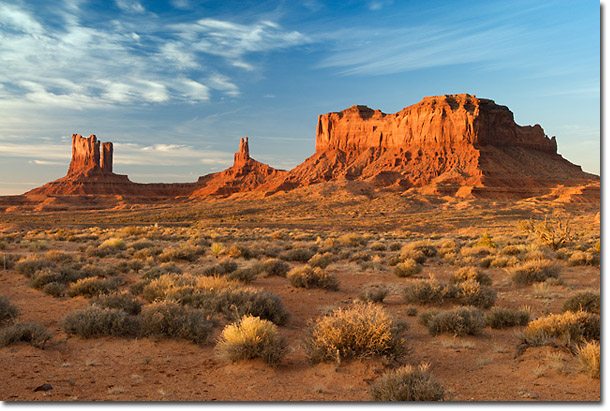
In the course I teach on Nature Photographers Network, students have sometimes been puzzled about the difference between texture and pattern, so a brief definition of each will be helpful. Texture is closely related to our sense of touch. It suggests something about the make-up or structure of the object that we are looking at: whether it is fuzzy or soft, rough or smooth or sharp or flat. Since we cannot touch the object we are looking at, we are completely dependent on the visual clues captured by the photographer to glean insight into the qualities of the object photographed.
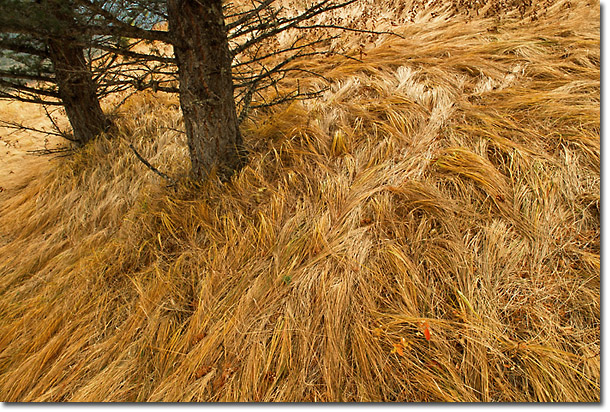
Since texture is a relatively small-scale visual element, low angled side light is the best kind of light for throwing the small intricacies of texture into relief. The more direct the light, as opposed to diffused, the more distinction will be seen in the details of the texture.
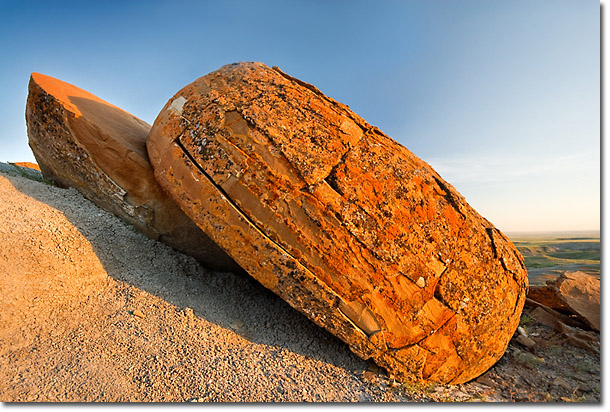
Pattern, on the other hand, is a continued visual element that repeats across the image frame. Since it is based on repetiton, the strongest patterns fill the image frame from edge to edge. When a repetitious visual element fills a frame, the viewer has the sense that they are seeing only a portion of the pattern area and that the pattern continues in the imagination outside the image frame. This is why patterns that do not break before the image’s edge are the strongest to photograph.
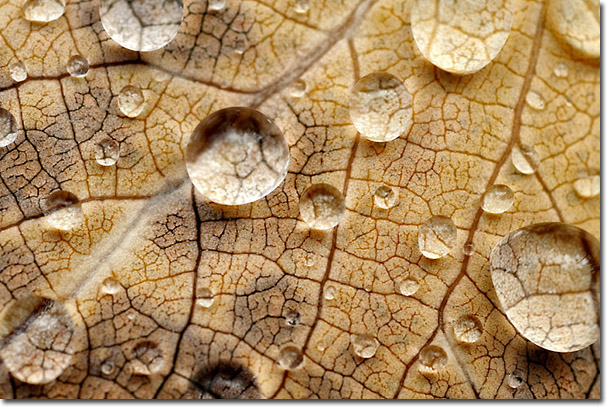
In any case, you need more than one or two visual elements to suggest a pattern to the viewer. In addition, to be a pattern, the visual element that repeats must be somewhat the same in quality, such as length, shape, or size. Pattern’s invariable nature makes for a more static presentation than other forms of visual design. Its purpose is to highlight the pleasing nature of detail in shape or form.
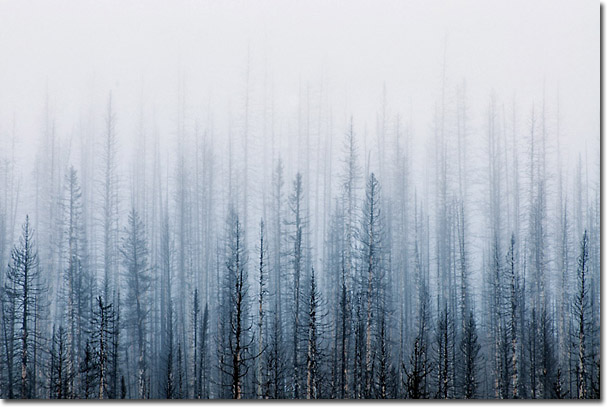
When thinking of texture and pattern, it helps to think of scale. Both elements are relatively small in scale and must be portrayed as such to be the most successful. For example, if you want to show the texture of tree bark, you would not photograph the entire forest! To create a pattern, you need a small enough scale that you can squeeze in at least several repeating details to create the necessary repetition that is pattern.
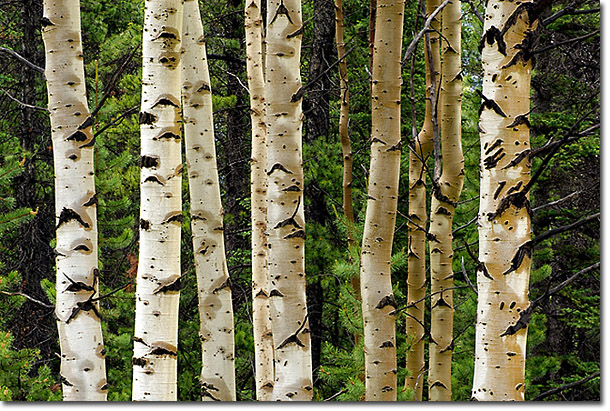
Once you have mastered creating even, consistent texture or pattern in your photos, add the idea of contrast by breaking the texture or pattern in unusual or intriguing ways. The juxtaposition of opposites conveys a great deal of information about the nature of each of its component parts being compared.
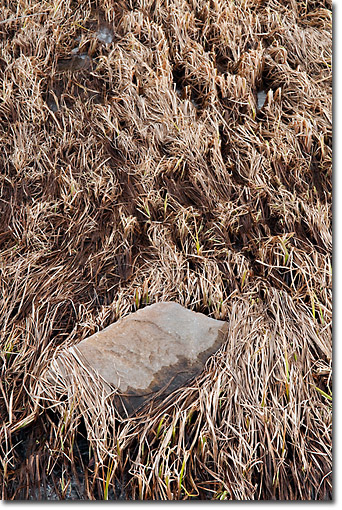
It can also be fun with intimate landscapes to blur the distinction between texture and pattern. Where does one begin and the other leave off? Work the concepts of texture and pattern into your landscapes for added layers of meaning to your images.
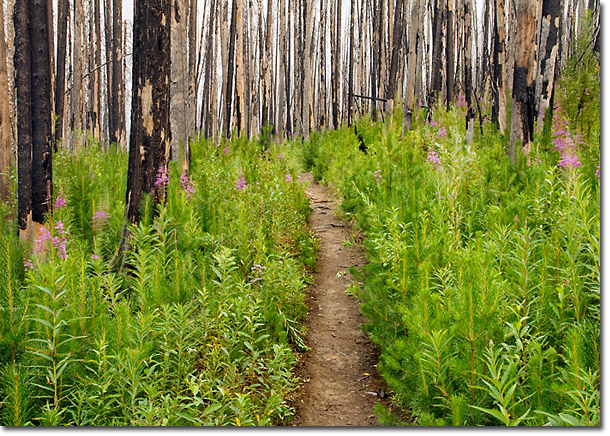
Comments on NPN nature photography articles? Send them to the editor. NPN members may also log in and leave their comments below.
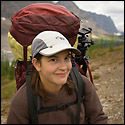 Samantha Chrysanthou was born in Lethbridge, Alberta. After moving for a period of time to northern Alberta, she returned in 2000 to southern Alberta to pursue a law degree in Calgary. After becoming a lawyer, Samantha began to realize her heart was more engaged in capturing the beauty of the landscape around her than debating the nuances of legal arguments in court. She has since left law to pursue writing and photography full-time. She particularly enjoys shooting the prairies, foothills and Rocky Mountains within an hour or so of her home in Cochrane, Alberta. Visit Samantha's website to view more of her work at www.chrysalizz.smugmug.com.
Samantha Chrysanthou was born in Lethbridge, Alberta. After moving for a period of time to northern Alberta, she returned in 2000 to southern Alberta to pursue a law degree in Calgary. After becoming a lawyer, Samantha began to realize her heart was more engaged in capturing the beauty of the landscape around her than debating the nuances of legal arguments in court. She has since left law to pursue writing and photography full-time. She particularly enjoys shooting the prairies, foothills and Rocky Mountains within an hour or so of her home in Cochrane, Alberta. Visit Samantha's website to view more of her work at www.chrysalizz.smugmug.com.